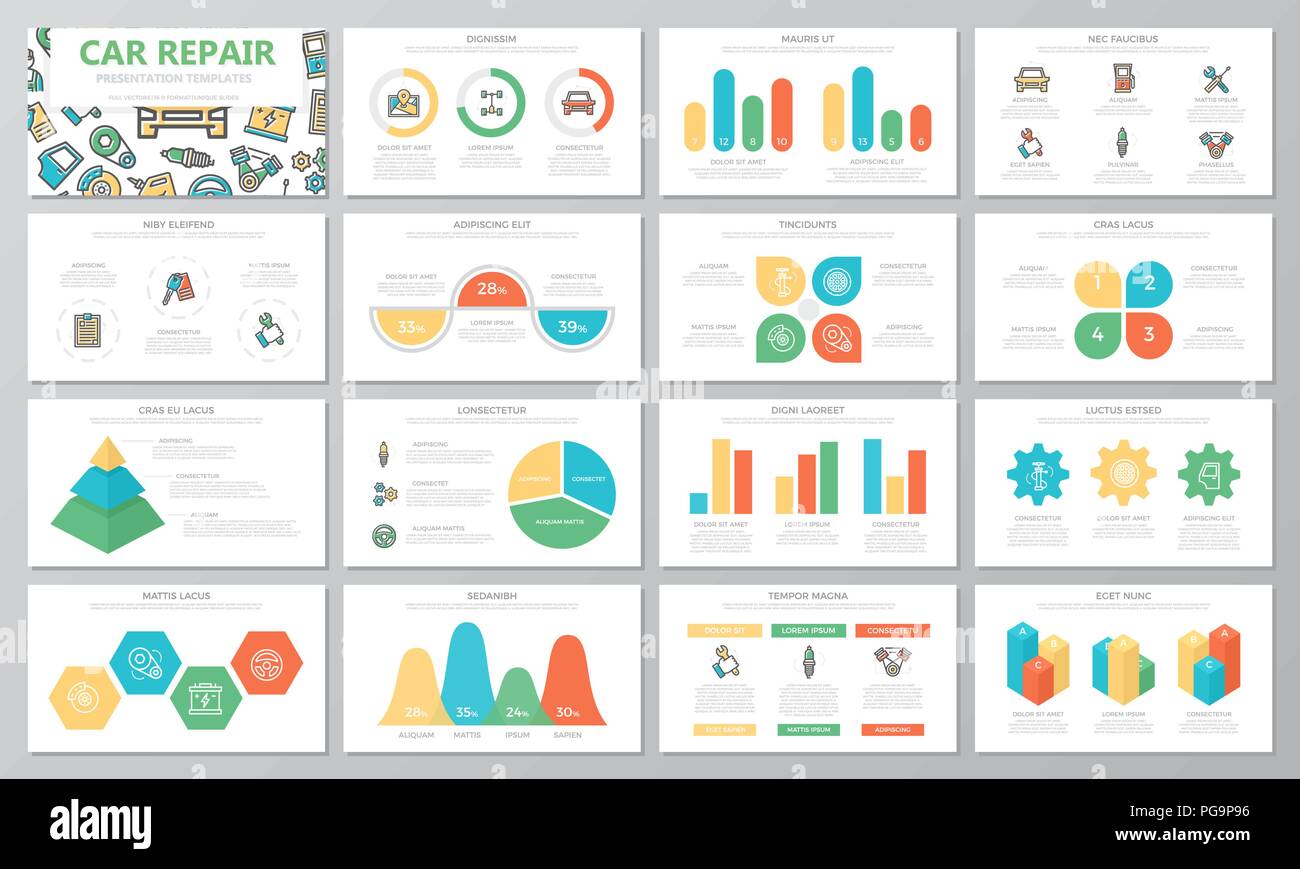Decoding Your Lorry'S Warning Indicators: What They Truly Signify
Decoding Your Lorry'S Warning Indicators: What They Truly Signify
Blog Article
Web Content By-Boye Gilbert
When you're behind the wheel, those beautiful caution lights on your control panel can be a little bit complicated. Do you recognize what they're attempting to tell you about your auto's wellness? Comprehending the importance of these lights is crucial for your safety and the long life of your automobile. So, the following time one of those lights appears, would not you wish to decipher its message properly and take the required actions to resolve it?
Common Warning Lights and Interpretations
Identify usual caution lights in your vehicle and recognize their meanings to ensure safe driving.
One of the most regular warning lights consist of the check engine light, which indicates problems with the engine or emissions system. If this light begins, it's important to have your car examined quickly.
The oil pressure cautioning light indicates reduced oil pressure, calling for prompt focus to stop engine damage.
A blinking battery light could suggest a faulty charging system, potentially leaving you stranded if not resolved.
The tire pressure monitoring system (TPMS) light notifies you to low tire pressure, impacting car security and fuel performance. Disregarding this can lead to hazardous driving problems.
The ABS light suggests an issue with the anti-lock braking system, endangering your capability to quit promptly in emergency situations.
Lastly, the coolant temperature warning light warns of engine overheating, which can result in extreme damage otherwise fixed quickly.
Comprehending these common caution lights will aid you attend to issues quickly and keep safe driving conditions.
Value of Prompt Attention
Comprehending the common caution lights in your cars and truck is just the initial step; the significance of quickly resolving these cautions can't be highlighted enough to ensure your safety and security when traveling.
When https://www.moneytalksnews.com/slideshows/12-of-the-best-things-to-try-at-costcos-bakery/ illuminates on your dashboard, it's your car's way of interacting a potential concern that needs attention. Ignoring these cautions can result in more extreme problems in the future, jeopardizing your safety and security and possibly costing you extra in repairs.
Motivate interest to cautioning lights can protect against failures and mishaps. For https://ecu-tuning06273.activoblog.com/33936713/find-out-how-eco-friendly-automobile-detailing-products-can-elevate-your-vehicle-s-luster-while-protecting-the-world-discover-the-lasting-options-waiting-for-you , a flashing check engine light could show a misfire that, if left neglected, can create damages to the catalytic converter. Resolving this promptly can save you from a costly repair.
Similarly, a brake system alerting light might indicate reduced brake liquid or worn brake pads, crucial parts for your security when driving.
DIY Troubleshooting Tips
If you notice a warning light on your dashboard, there are a couple of DIY fixing tips you can try before looking for specialist help.
The very first step is to consult your vehicle's manual to understand what the specific caution light indicates. Often the concern can be as straightforward as a loose gas cap causing the check engine light. Tightening up the gas cap may settle the problem.
An additional usual concern is a low battery, which can set off various warning lights. Checking the battery connections for corrosion and ensuring they're safe and secure may take care of the trouble.
If a caution light continues, you can try resetting it by separating the cars and truck's battery for a few minutes and after that reconnecting it. Furthermore, checking your car's liquid degrees, such as oil, coolant, and brake fluid, can help repair warning lights related to these systems.
Verdict
To conclude, understanding your cars and truck's warning lights is important for maintaining your car running smoothly and safely. By promptly attending to these notifies and recognizing what they indicate, you can avoid expensive repairs and prospective failures.
Keep in mind to consult your vehicle's manual for certain information on each alerting light and act appropriately to make certain a hassle-free driving experience.
Stay informed, remain risk-free when traveling!
